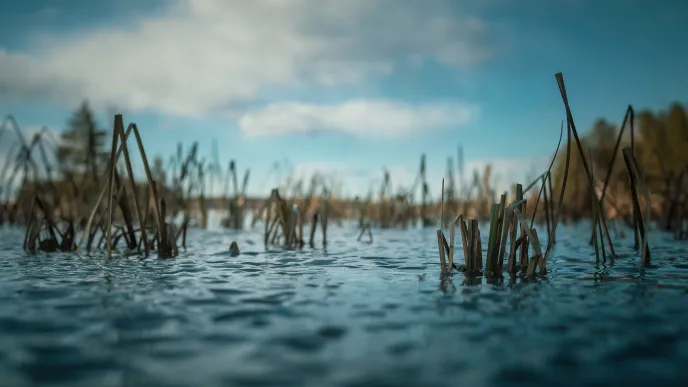The recycling of waste textiles is nowadays mandatory in Finland but the possibilities to reuse the recovered fibres are limited. Instead of being recycled, much of the material is merely burned for energy. Therefore, new end use applications for recovered textile fibres are constantly being sought. According to LUT’s researcher Anastasiia Lopatina, cellulose fibres derived from recovered cotton textiles are well suited for membrane filters.
“Cellulose is an effective, natural material for membrane filtration, but the availability of cellulose-based membranes on the market is very limited. My study revealed that cellulose fibres derived from waste sources, such as waste cotton fabrics, are usable and valuable in the production of polymeric ultrafiltration membranes,” Lopatina says.
Promotes closed-loop circularity of fibres
Polymeric ultrafiltration membranes are used for water treatment, protein separation, and many other industrial processes. Membrane filtration is a physical separation method that can be used to separate molecules that differ in size and other properties. Cellulose presents a renewable raw material alternative to petroleum-based polymeric materials used in membranes. The alternative material source improves the availability and cost efficiency of membrane fabrication and promotes resource-efficient, circular economy.
“If cellulose membranes are produced from alternative raw material sources, their production can be understood as an upcycling procedure, contributing to a closed-loop economy. Using cellulose from waste sources thus reduces environmental impacts and adds value.”
By investigating the membrane fabrication procedure, Lopatina was able to identify sustainable and effective wood delignifying treatments and additives that improve the membranes’ permeance and surface charge.
“The membranes studied showed competitive performance compared to a commercial cellulose membrane sample. Depending on further optimisation and scale-up research, such membranes have potential for use in municipal wastewater treatment; for instance, in the final purification of a wastewater treatment plant’s effluent,” Lopatina concludes.
Another possible end use application is the separation of compounds that bear some electrical charge; for example, textile-dying wastewaters.
Membrane research serves urgent sustainable development goals in many ways
LUT University is known for the most wide-ranging water treatment research in Finland and for being a leading teaching and research community in separation technology. Its research on cellulose-based membranes supports urgent sustainable development goals, such as clean water and sanitation, resource-efficient and responsible production, and climate action, by replacing fossil materials with bio-based ones.
“I find it highly satisfying to research water purification, which is so useful to society. Membranes are an extremely versatile object to be studied, the variations of their synthesis, modifications, and applications are practically limitless. Even staying within a relatively narrow topic, such as the preparation of membranes from a particular source using the same solvents, I was able to perform very different experiments, as there was always something more to be researched,” Anastasiia Lopatina says.
Membrane filtration does not require additional chemicals in the purification process. Using waste sources saves natural resources, and the bio-based materials are less harmful or even harmless to the environment when decomposing. Also, ultrafiltration membranes are capable of removing pathogenic microorganisms, making water cleaner and safer to use.




